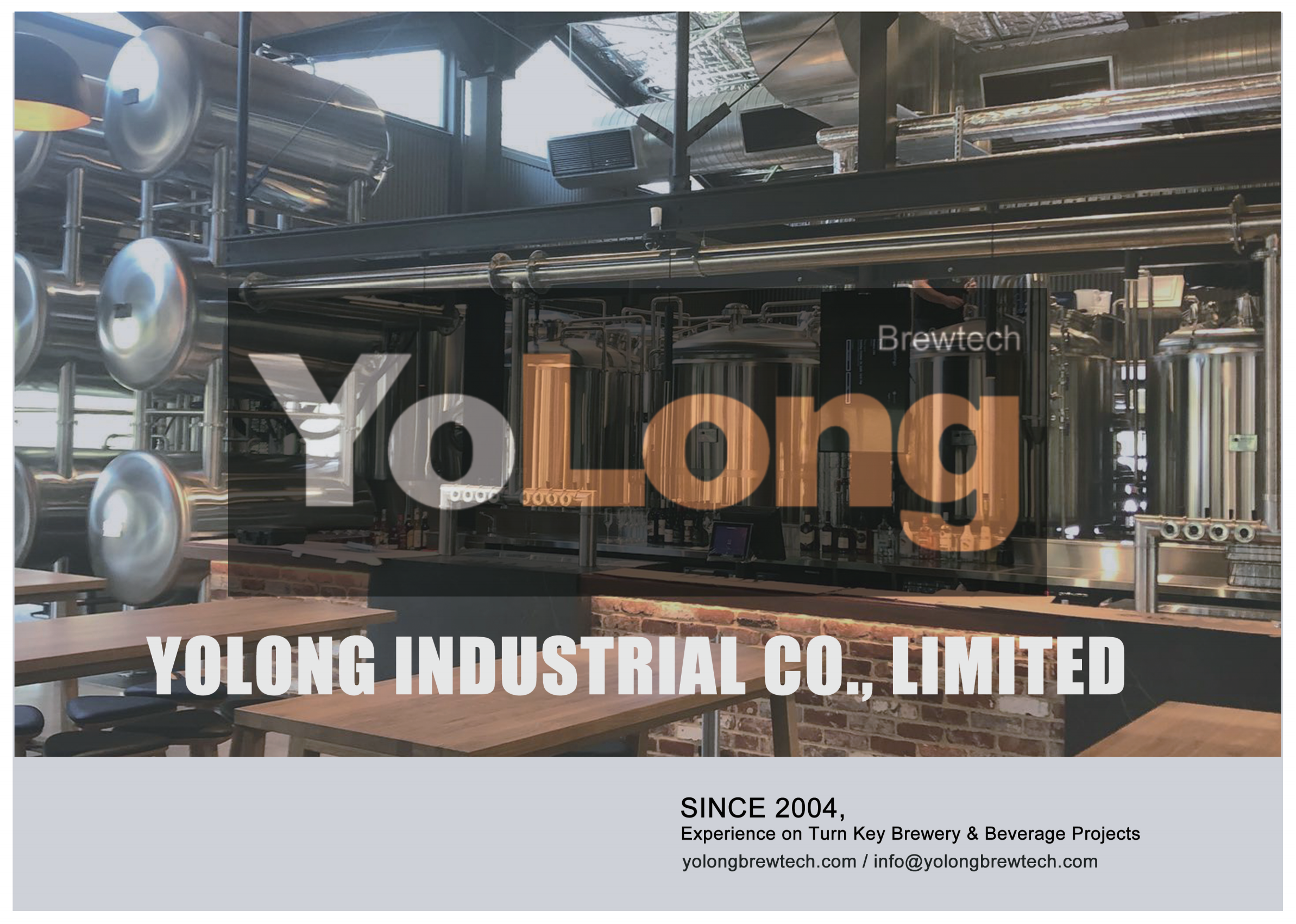15 BBL Brewhouse: Scaling Up Craft Beer Production with Efficiency and Quality
Introduction
In the ever-growing craft beer industry, breweries are constantly striving to produce more beer while maintaining consistent quality. One of the key factors in achieving this goal is investing in the right brewing equipment. A 15 bbl brewhouse is a popular choice for medium-sized breweries looking to scale up their production capabilities. This article will explore the various aspects of a 15 bbl brewhouse, including its components, benefits, considerations before purchasing, choosing the right brewhouse, installation and setup, and operating procedures.
What is a 15 bbl brewhouse?
A 15 bbl brewhouse refers to a brewing system with a 15-barrel brewing capacity. It comprises several interconnected vessels and equipment designed to facilitate the beer production process. The brewhouse is the heart of any brewery, where raw ingredients such as malted barley, hops, water, and yeast are transformed into delicious craft beer. A 15 bbl brewhouse provides a substantial brewing capacity, allowing breweries to meet the demands of a growing customer base.
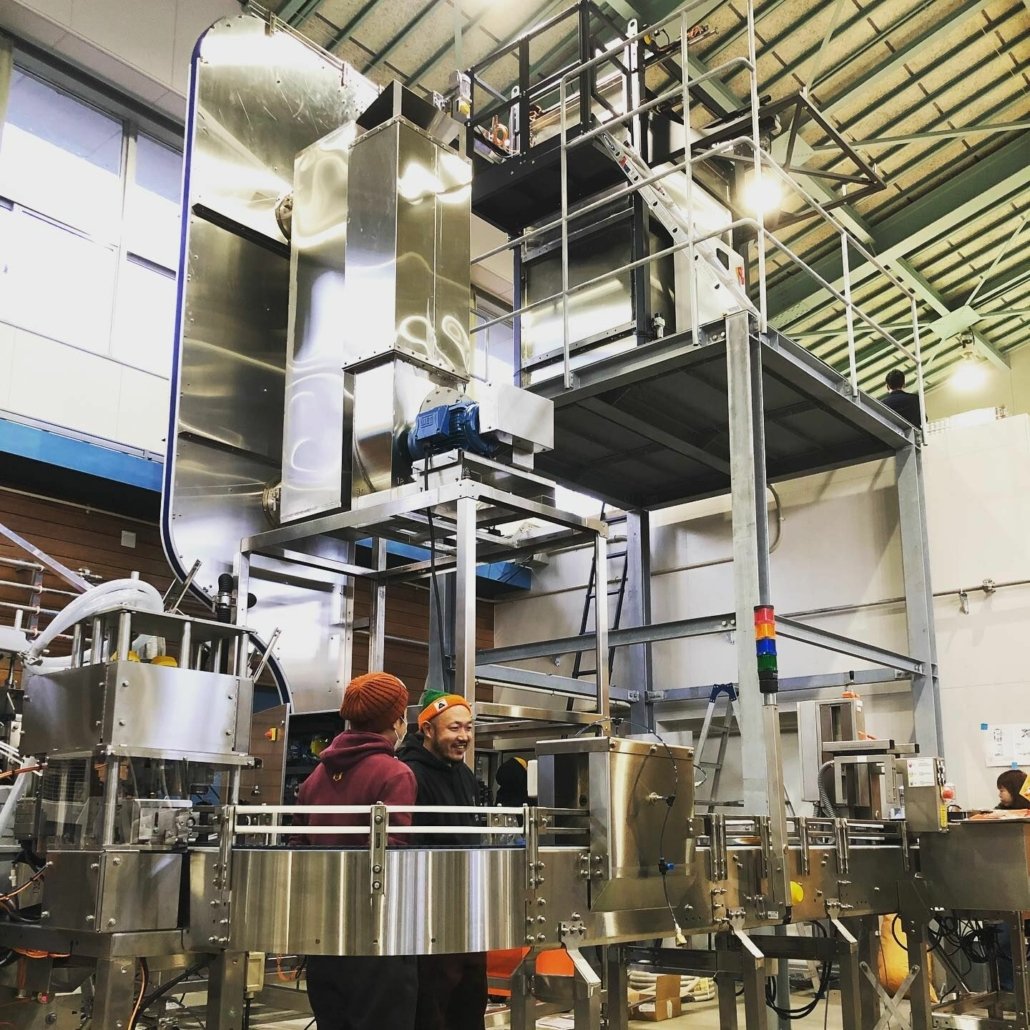
Components of a 15 bbl brewhouse
A 15 bbl brewhouse typically consists of the following key components:
Mash Tun
The mash tun is where the mashing process takes place. It is responsible for combining the milled grains with hot water, converting starches into fermentable sugars. The mash tun typically features a false bottom or a raking system to separate the liquid wort from the spent grain.
Brew Kettle
The brew kettle is where the wort, obtained from the mash tun, is boiled. During this process, hops are added to provide bitterness, flavor, and aroma to the beer. The brew kettle also helps sanitize the wort, ensuring microbial stability.
Hot Liquor Tank
The hot liquor tank stores and heats water needed for various stages of the brewing process. It supplies hot water for mashing in the mash tun and sparging the grain bed to extract sugars efficiently.
Fermenters
Fermenters are vessels where the yeast ferments the sugary wort, converting it into alcohol and carbon dioxide. A 15 bbl brewhouse typically includes multiple fermenters to allow for simultaneous fermentation of different beer batches.
Bright Beer Tank
The bright beer tank is used for the maturation and carbonation of beer after fermentation. It provides the final storage vessel before the beer is packaged into kegs, cans, or bottles.
Control Panel
The control panel serves as the nerve center of the brewhouse, allowing brewers to monitor and control various parameters such as temperature, pressure, and flow rates. It provides automation and precise control over the brewing process, ensuring consistent and repeatable results.
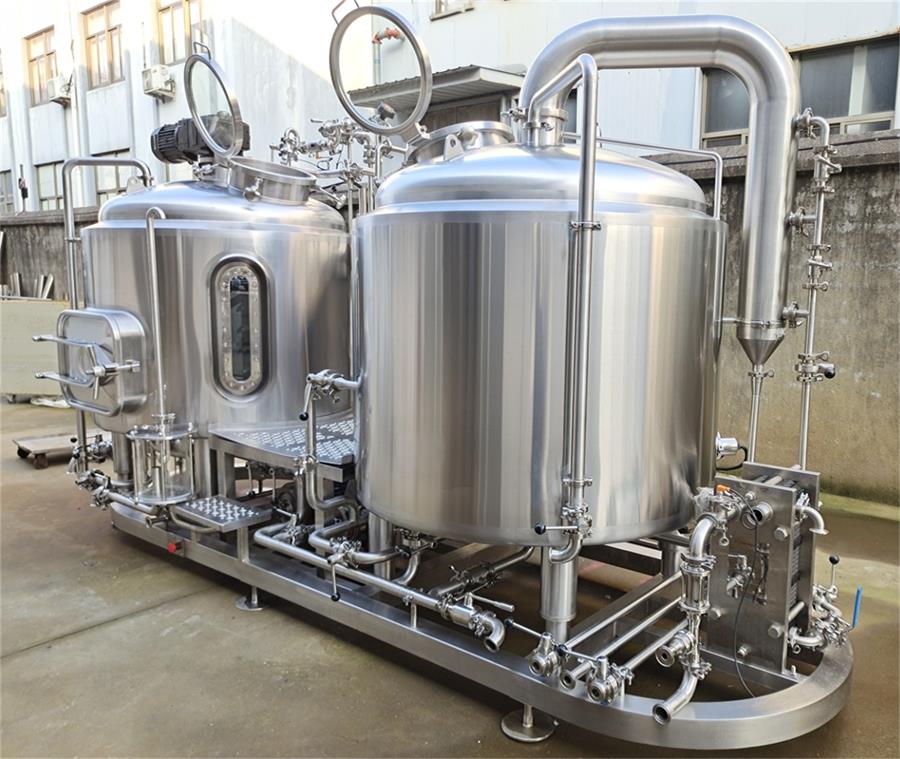
Benefits of a 15 bbl brewhouse
Investing in a 15 bbl brewhouse offers several benefits for breweries aiming to expand their production capabilities. Some of these benefits include:
Increased Production Capacity
A 15 bbl brewhouse allows breweries to produce larger volumes of beer, meeting the demands of a growing customer base. It provides a significant upgrade in brewing capacity compared to smaller systems, enabling increased sales and distribution opportunities.
Flexibility in Brewing Options
With a 15 bbl brewhouse, breweries gain more flexibility in their brewing options. They can experiment with different beer styles, recipes, and ingredients while maintaining consistency and quality. The larger size allows for more creativity and exploration, catering to diverse consumer preferences.
Consistency in Quality
Consistency is crucial in the craft beer industry. A 15 bbl brewhouse offers better control over the brewing process, resulting in consistent flavors, aromas, and overall beer quality. This consistency helps build customer loyalty and ensures a positive reputation for the brewery.
Improved Efficiency
As breweries grow, efficiency becomes paramount. A 15 bbl brewhouse optimizes the brewing process, reducing manual labor and increasing throughput. It streamlines operations, saving time and resources, ultimately improving the bottom line for the brewery.
Scalability for Future Growth
Investing in a 15 bbl brewhouse sets the stage for future growth. It provides the necessary infrastructure to expand production capacity further, accommodating increased demand or entering new markets. The scalability of a 15 bbl brewhouse ensures long-term viability and success for the brewery.
Considerations before purchasing a 15 bbl brewhouse
Before investing in a 15 bbl brewhouse, breweries should carefully consider various factors to ensure they make the right choice. Some key considerations include:
Space Requirements
A 15 bbl brewhouse requires a significant amount of space, both for the brewing equipment itself and for future expansion. Breweries should assess their available space and plan accordingly to accommodate the brewhouse and other necessary infrastructure.
Power and Utility Needs
A 15 bbl brewhouse demands adequate power and utility connections. Breweries must assess their electrical, water, and steam supply capabilities to ensure they can meet the brewhouse’s requirements. Upgrading or modifying utilities may be necessary.
Budget and Financing Options
Investing in a 15 bbl brewhouse involves a significant financial commitment. Breweries should carefully evaluate their budget and explore financing options available to them. It is essential to strike a balance between affordability and the quality and features of the brewhouse.
Maintenance and Support
Breweries should consider the ongoing maintenance and support required for the brewhouse. Ensuring the availability of spare parts, access to technical support, and service agreements can prevent costly downtime and disruptions in production.
Regulatory Compliance
Complying with local and national regulations is vital for breweries. Before purchasing a 15 bbl brewhouse, breweries should familiarize themselves with the regulatory requirements related to equipment, safety, licensing, and environmental considerations. Ensuring compliance will prevent legal issues and potential fines.
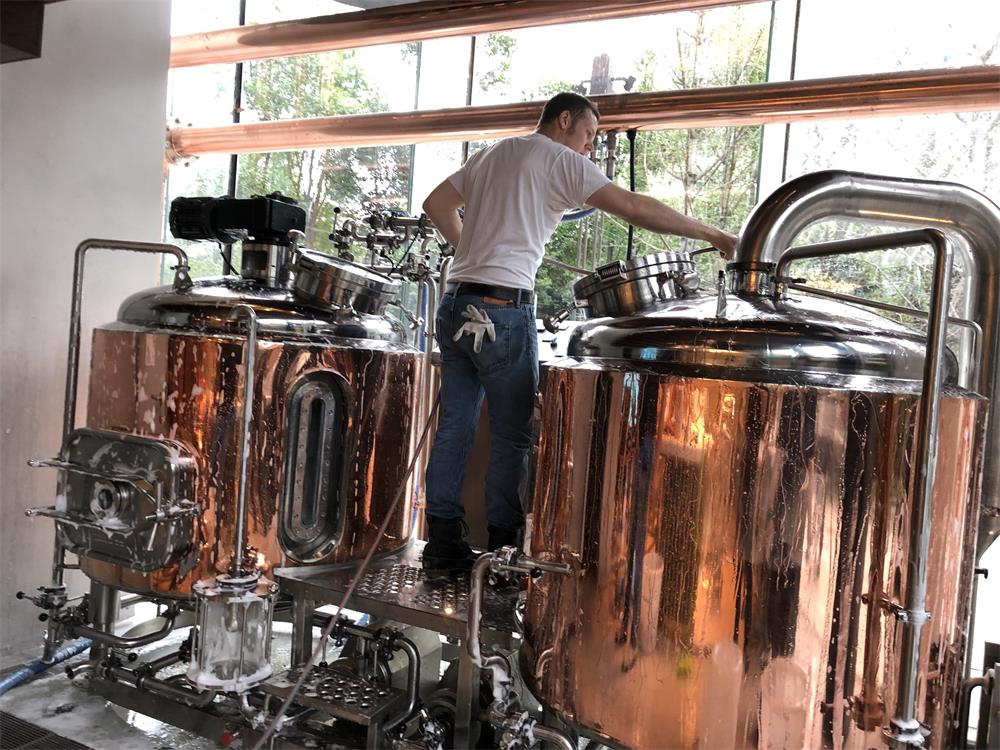
Choosing the right 15 bbl brewhouse for your brewery
Selecting the right 15 bbl brewhouse is a critical decision that can impact the success and efficiency of a brewery. Breweries should consider the following factors when making their choice:
Research and Comparisons
Thorough research and comparisons of different brewhouse manufacturers and suppliers are essential. Breweries should evaluate factors such as reputation, customer reviews, and equipment quality. Gathering information from industry experts and attending trade shows can also provide valuable insights.
Customization Options
Breweries should assess the extent to which a 15 bbl brewhouse can be customized to meet their specific needs. Considerations may include vessel configuration, automation level, control system capabilities, and additional features like whirlpool arms or hop dosing systems. Customization ensures the brewhouse aligns with the brewery’s unique requirements.
Supplier Reputation and Experience
Choosing a reputable and experienced supplier is crucial. Breweries should evaluate a supplier’s track record, customer support capabilities, and after-sales service. Engaging with existing customers and visiting operating breweries using the same supplier’s equipment can provide valuable firsthand feedback.
Future Expansion Possibilities
Breweries should consider their long-term growth plans and assess whether the 15 bbl brewhouse allows for future expansion. Flexibility in upgrading capacity, adding additional vessels, or integrating with automation systems should be evaluated to accommodate potential growth without significant disruptions.
Installation and Setup of a 15 bbl brewhouse
Once a brewery has chosen the appropriate 15 bbl brewhouse, proper installation and setup are essential for optimal performance. The following steps should be considered:
Location Planning
Breweries should carefully plan the location of the brewhouse within their facility. Factors such as accessibility, workflow optimization, safety considerations, and future expansion plans should be taken into account.
Utility Connections
Ensuring proper utility connections is crucial for the brewhouse’s operation. Breweries should work with professionals to install or upgrade electrical, water, and steam connections to meet the brewhouse’s specific requirements.
Equipment Installation
The installation process involves assembling and connecting the various components of the 15 bbl brewhouse. Breweries should follow the manufacturer’s guidelines and work with qualified technicians to ensure a seamless installation.
Testing and Calibration
Once the brewhouse is installed, thorough testing and calibration are necessary. This includes checking for leaks, verifying temperature and pressure controls, and ensuring proper functionality of all equipment. Any issues or discrepancies should be addressed promptly.
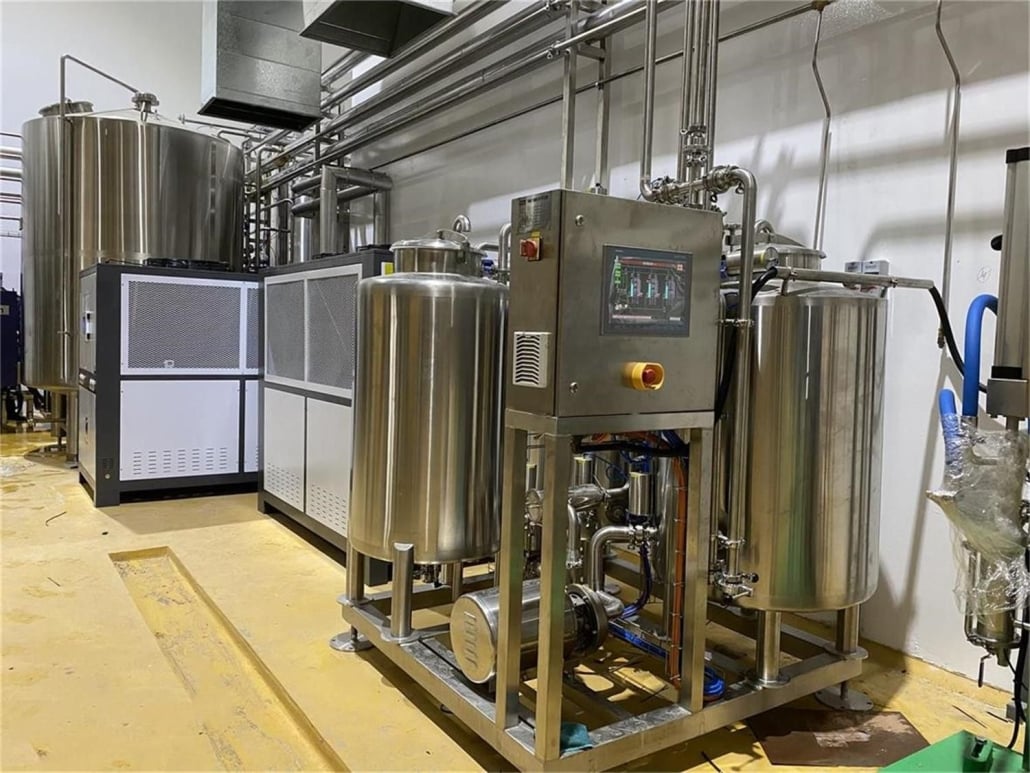
Operating a 15 bbl brewhouse
Operating a 15 bbl brewhouse involves several key considerations to maximize efficiency and maintain consistent quality. Breweries should keep the following points in mind:
Recipe Development and Brewing Process
Crafting unique and high-quality beer requires meticulous recipe development and adherence to brewing processes. Breweries should invest time in recipe formulation, ingredient sourcing, and optimizing the brewing parameters to achieve desired flavor profiles.
Cleaning and Sanitization
Maintaining cleanliness and sanitization protocols is critical to prevent contamination and off-flavors. Breweries should establish thorough cleaning procedures, including CIP (Clean-In-Place) systems, to ensure proper hygiene throughout the brewhouse.
Quality Control and Assurance
Implementing robust quality control measures is essential for consistent beer quality. Breweries should establish quality checkpoints throughout the brewing process, including regular sampling, sensory evaluation, and laboratory testing, to ensure adherence to quality standards.
Maintenance and Upkeep
Regular maintenance and upkeep of the 15 bbl brewhouse are crucial for its longevity and optimal performance. Breweries should follow the manufacturer’s maintenance guidelines, conduct routine inspections, and promptly address any equipment issues to minimize downtime.
Conclusion
Investing in a 15 bbl brewhouse can be a game-changer for breweries looking to scale up their production while maintaining quality and consistency. Careful consideration of the brewhouse components, benefits, purchasing considerations, installation and setup, and operating procedures is essential to make an informed decision. By choosing the right brewhouse and implementing proper operating practices, breweries can elevate their brewing capabilities and meet the demands of a growing craft beer market.
FAQs
- Q: Can a 15 bbl brewhouse be used in small-scale breweries? A: While a 15 bbl brewhouse is designed for medium-sized breweries, it can be used in small-scale breweries that anticipate rapid growth or have higher production demands.
- Q: How long does it take to install a 15 bbl brewhouse? A: The installation time can vary depending on several factors, such as the complexity of the brewhouse, site preparation, and utility connections. On average, it can take several weeks to a few months.
- Q: Can a 15 bbl brewhouse accommodate different beer styles? A: Yes, a 15 bbl brewhouse provides flexibility to brew various beer styles. Brewers can adjust recipes and brewing parameters to achieve different flavor profiles.
- Q: Is automation necessary for a 15 bbl brewhouse? A: Automation is not mandatory, but it offers significant benefits in terms of process control, consistency, and efficiency. It can streamline operations and reduce manual labor.
- Q: Can a 15 bbl brewhouse be upgraded in the future? A: Upgrading a 15 bbl brewhouse is possible, depending on the specific system and manufacturer. It’s important to consider future expansion possibilities when selecting the brewhouse initially.
Share this entry
Interested in learning more about Brewing Systems including additional details and pricing information? Please use the form below to contact us!
YOLONG BREWERY EQUIPMENT FAQS
- Commercial Brewery / Craft Brewery / Microbrewery / Nanobrewery
- What is The Difference Between Craft Beer and Industrial Beer?
- The Bespoke Differences In Custom Brewing Systems
- Everything You Need to Know About Kettle Souring
- How to Choose Brewing Equipment for Your business?
- How To Choose The-Best Partner To Build Your Commercial Microbrewing System?
- Two Detection Sensors That You Need To Use In Your Brewhouse System
- Remote Control Applications in Brewing Equipment/How does it work?
- How To Clean Your Brand New Brewery Tanks?

